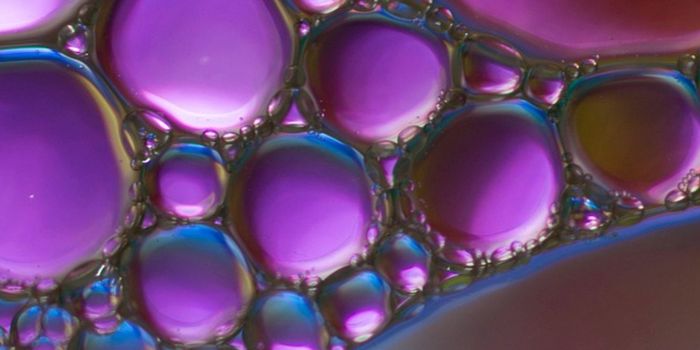Did you know you can get a prescription for clothing?
Atopic dermatitis (AD) is a chronic inflammatory skin disorder that affects many children and adults worldwide. While pharmacological treatment options exist, a significant portion of patients prefer non-pharmacological, steroid-sparing treatments. Among these alternatives, therapeutic clothing has emerged as a promising approach to managing AD symptoms, as discussed in an article published in Skin Health and Disease. These specialized garments aim to reduce AD symptoms by regulating skin temperature and humidity, protecting against scratching and irritating factors, and aiding in the fixation of topical treatments.
Therapeutic clothing is designed with specific features to address the unique challenges AD patients face. These garments are often made from specialized materials that provide comfort and support to individuals with AD. Key characteristics of therapeutic clothing include:
1. Temperature and Humidity Regulation: Maintaining a stable microenvironment around the skin can reduce flare-ups, which are often triggered by temperature and humidity changes.
2. Protection Against Scratching: By minimizing direct skin contact and providing a barrier against external irritants, these garments can help prevent self-inflicted damage.
3. Fixation of Topical Treatments: Therapeutic clothing assists in keeping these treatments in place, enhancing their effectiveness and reducing the risk of rubbing them off.
Dermatologists (59.5%) and pediatricians (23.8%) were the primary prescribers of therapeutic clothing. This underlines the importance of specialized medical guidance in managing AD with therapeutic clothing. Long-sleeved therapeutic vests (78.1%) and leggings (70.9%) were the most frequently prescribed garments. These items are designed to offer comprehensive coverage and protection for AD patients.
Therapeutic clothing has emerged as a non-pharmacological treatment option for managing atopic dermatitis. It offers several benefits, including skin temperature and humidity regulation, protection against scratching, and the fixation of topical treatments. Further research based on clinical data is essential to gain a comprehensive understanding of the role of therapeutic clothing in AD management and to refine its applications for the benefit of patients.
Source: National Institute of Arthritis and Musculoskeletal and Skin Diseases, Skin Health and Disease








